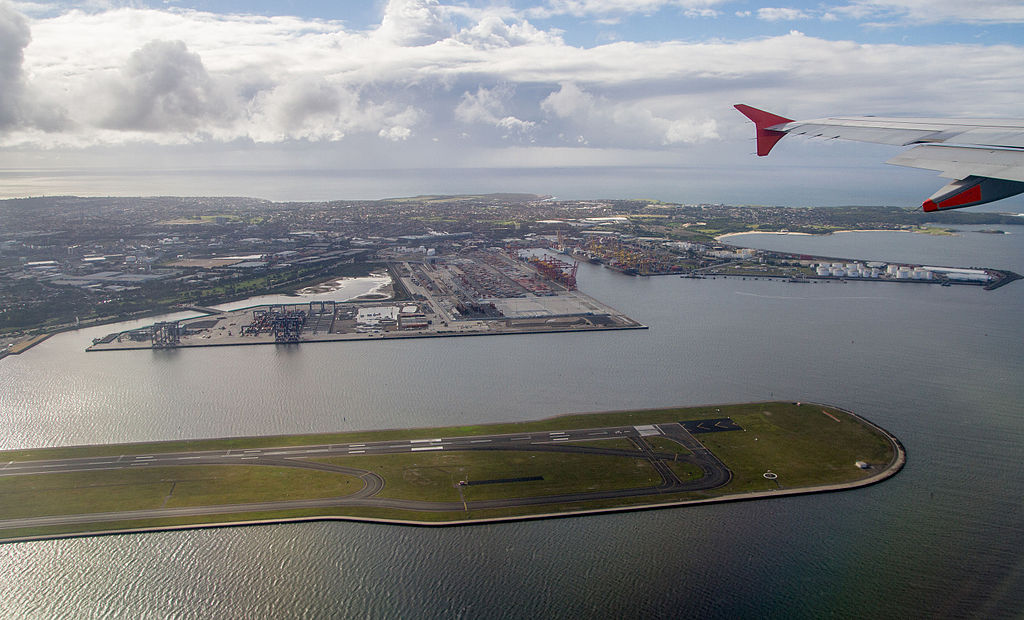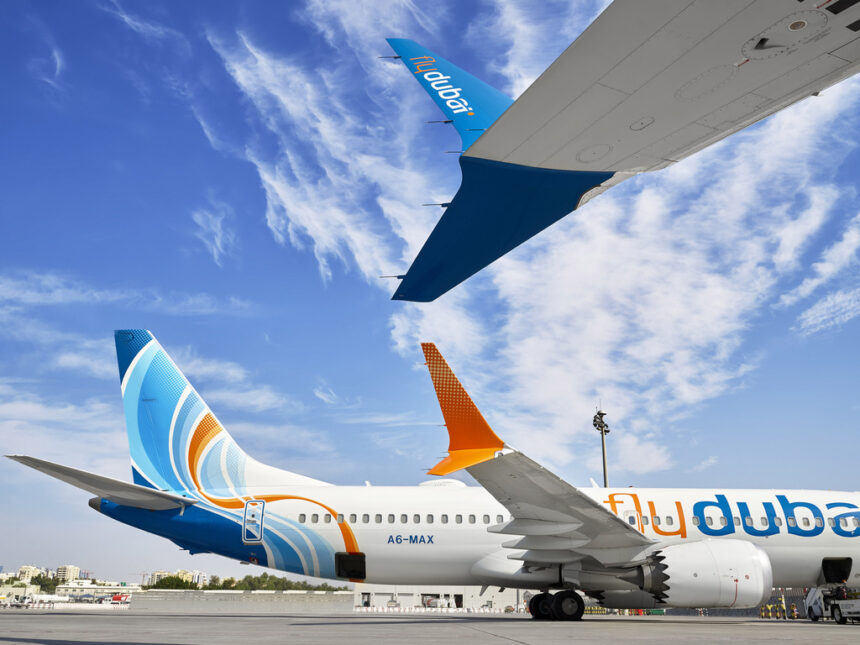Australia’s four largest airports—Sydney, Melbourne, Brisbane, and Perth—have weathered the storm of the pandemic, yet their financial performance in the fiscal year of 2021-22 remained a far cry from the heights attained in the pre-pandemic financial year of 2018-19.
According to the recent Airport Monitoring Report released by the Australian Competition and Consumer Commission (ACCC), this disparity paints a vivid picture of the challenges and adaptations faced by these crucial hubs.
A Financial Overview
The ACCC’s report provides insights into the financial health of these airports, examining various aspects of their operations. During 2021-22, the total operating profit margins of these four airports ranged significantly, spanning from eight to 42 percent.
This variance underscores the distinct circumstances that each airport navigated through in these challenging times.

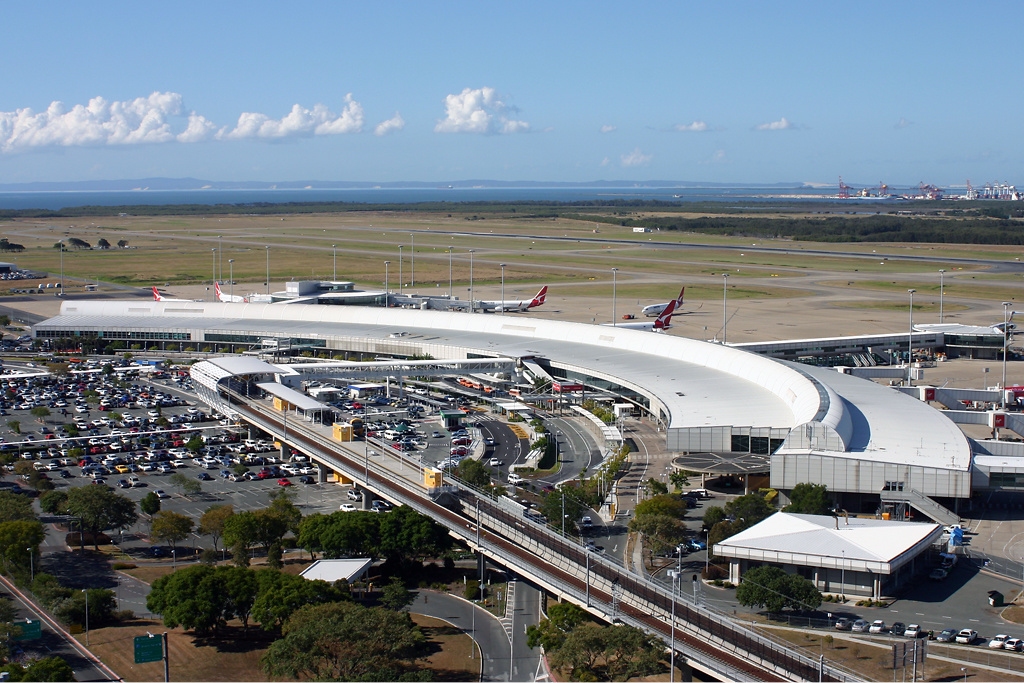
Operational Realities
ACCC Commissioner Anna Brakey shed light on the complexities underlying these financial dynamics.
Despite experiencing a resurgence in passenger numbers during the latter part of 2021-22, fueled by the gradual reopening of both domestic and international borders, all four airports faced operating losses concerning aeronautical services.
[monsterinsights_popular_posts_inline]
Brakey emphasized that these losses were offset by the profitability of non-aeronautical operations, which encompass a range of services such as parking and leasing.
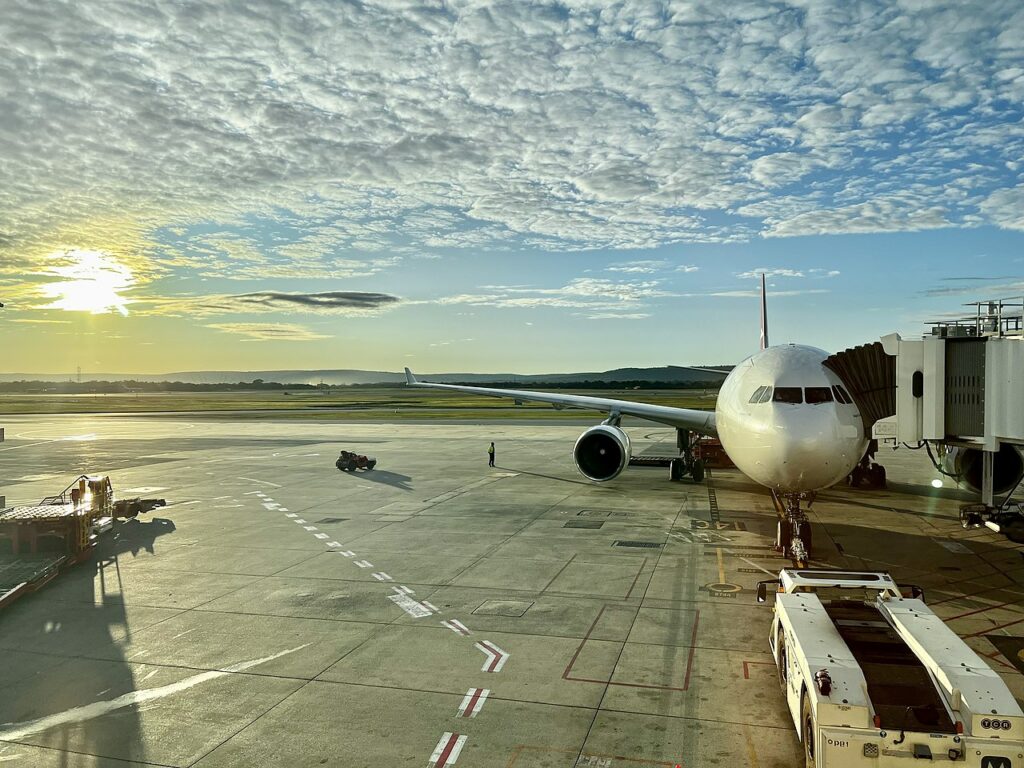
The Travel Rebound
The report also chronicles the ongoing rebound in travel, both domestic and international. In the initial three quarters of the fiscal year 2022-23, domestic travel reached between 84 and 107 percent of its counterpart in the same period in 2018-19.
On the international front, travel figures ranged between 61 and 71 percent in comparison to the pre-pandemic period. This gradual resurgence signifies the gradual restoration of global mobility.
Parking Profitability
Coinciding with the uptick in passenger numbers, there was a proportional increase in vehicles utilizing the airports’ car parks. Notably, each of these airports witnessed an enhancement in their car parking profit margins during 2021-22 when compared to the preceding fiscal year of 2020-21.
It’s essential to highlight, however, that these margins, while improved, generally remained below the levels attained in the robust financial year of 2018-19.
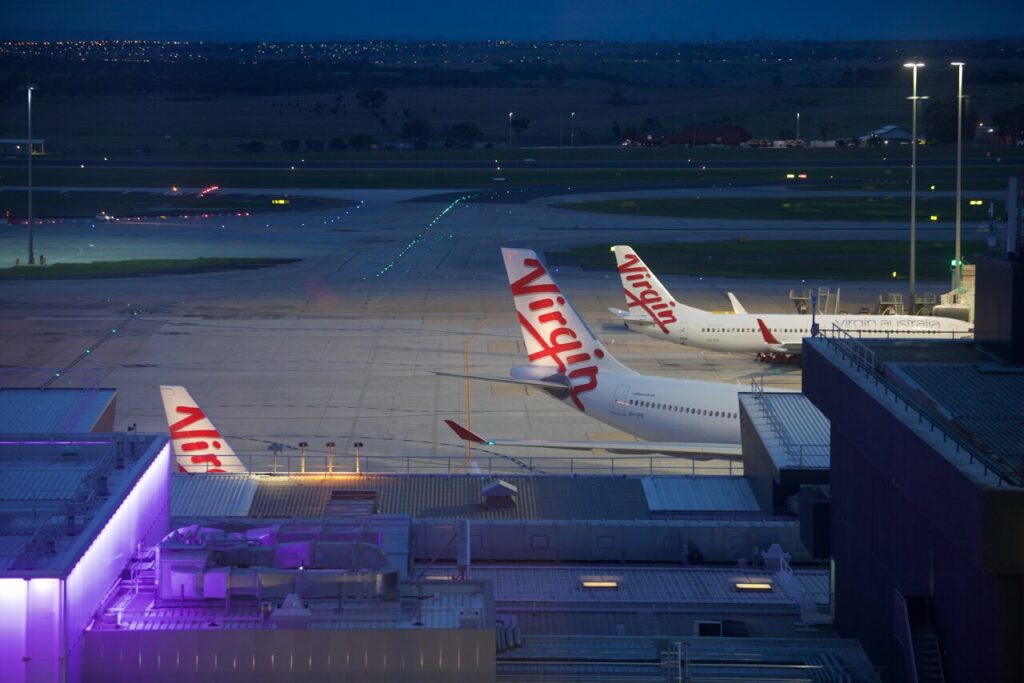
ACCC’s Recommendations
The report takes a forward-looking stance, suggesting improvements in the regulatory framework. In May of this year, the ACCC proffered a recommendation for the Australian Government to augment the price monitoring regimen.
The proposal entails mandating the four airports to furnish more comprehensive data pertaining to aeronautical, car parking, and landside access services.
Additionally, the ACCC underscores the significance of updating the metrics that measure airport service quality reported to them.
Greater Transparency
The ACCC’s call for greater transparency aims to benefit various stakeholders, including airport users and the wider public. By disseminating more intricate information, the intention is to shed light on the extent to which these airports exercise their market power across specific services.
Emphasizing the crucial role that airports play in fostering economic activity within Australia, Ms. Brakey believes that these recommended alterations in the monitoring regime will ultimately serve the interests of both airport users and the broader Australian populace.

Click the banner to subscribe to our weekly newsleter.





